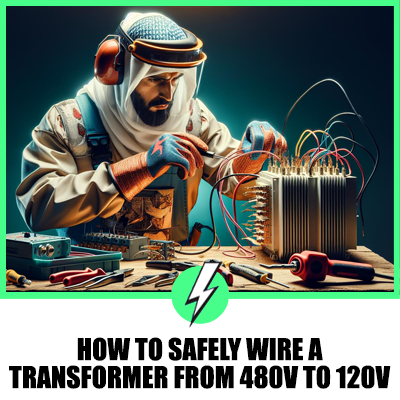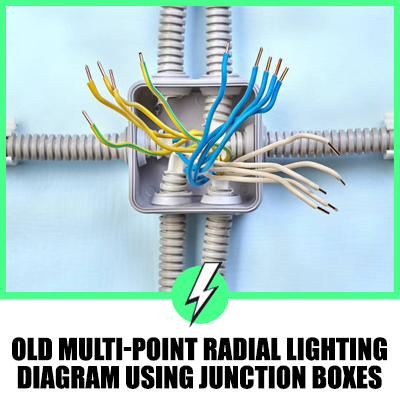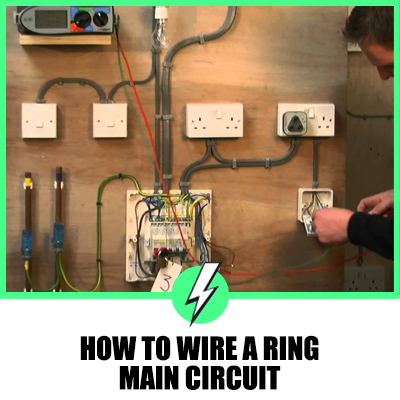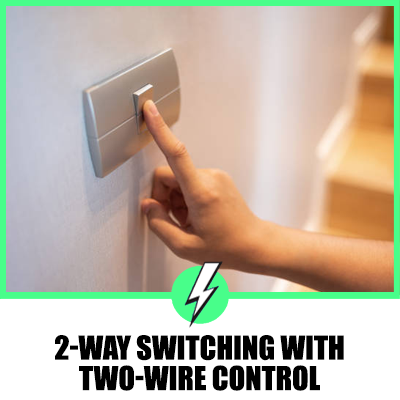How to Safely Wire a Transformer from 480v to 120v
Wiring a transformer from 480v to 120v might seem like a Herculean task, but is it really?
With the right guidance and understanding, even complex electrical tasks can become manageable and less intimidating. This guide aims to simplify the process, breaking it down into digestible steps that ensure your setup is not only efficient but also adheres to safety standards.
Whether you’re a seasoned electrician or a determined DIY enthusiast, mastering the art of transformer wiring is within your reach.
Well, we’ll be going over:
- How do you select the right transformer for your needs, ensuring it can handle the required load?
- What are the key elements to understand in a transformer wiring diagram, and how do they guide the wiring process?
- What safety precautions must be taken to protect yourself and others during the wiring process?
Let’s dive in!

Contents
Selecting the Right Transformer
When you’re looking to wire a transformer from 480v to 120v, Selecting the Right Transformer is crucial. This means understanding the power requirements of your equipment and ensuring that the transformer you choose can handle the load.
To start, check the power ratings and determine the maximum load you’ll be connecting. This will guide you toward a transformer that not only fits your current needs but also offers some room for future expansion.
- Voltage Rating: Ensure the transformer can efficiently convert 480v to 120v without overheating.
- Power Capacity: It’s measured in VA (volt-amps) or kVA (kilovolt-amps). Opt for a transformer that can handle at least 125% of your calculated load.
- Type: Transformers come in various types, including isolation, step-down, and auto-transformers. For most workshop settings, a step-down transformer is ideal.
Remember, investing in a transformer with a slightly higher capacity than you currently need can save you from the hassle and expense of upgrading too soon.
Always prioritize safety and efficiency by choosing a product from a reputable manufacturer and verifying that it meets all relevant standards and certifications.
Understanding Transformer Wiring Diagram
Grasping the intricacies of a transformer wiring diagram is crucial when you’re wiring from 480v to 120v.
These diagrams serve as a roadmap, laying out the connection between the different components and the transformer itself. It’s not just about connecting wires; it’s about understanding how and why these connections work.
Firstly, identify the input and output terminals. Your 480v supply line connects to the primary (input) side, while your 120v output lines are on the secondary (output) side.
Look for labels like H (high voltage) and X (low voltage) to guide you.
The diagram also shows grounding points, essential for safety and the proper operation of your transformer. Make sure to connect these as indicated to prevent potential hazards.
By following the wiring diagram closely, you ensure that your transformer is set up efficiently and safely, prepared to handle your power conversion needs without compromising on performance.
Safety Precautions Before Getting Started
Before you dive into the task of wiring a transformer from 480v to 120v, ensuring your safety and the safety of others is paramount.
Electrical work, especially at these voltages, poses significant risks, including electric shock and fire hazards. Adhering to safety guidelines can mitigate these risks.
Firstly, always disconnect the power supply before starting. This fundamental step cannot be overstressed. Verification of power disconnection using a voltage tester is crucial; assume nothing is safe until you’ve confirmed it yourself.
Wearing the appropriate personal protective equipment (PPE) is another critical measure. At a minimum, insulated gloves and eye protection should be worn.
Depending on the environment and the complexity of the task, additional PPE like flame-resistant clothing may be necessary.
Understanding your limitations is key. If at any point you feel unsure or the task appears more complex than anticipated, consulting with or hiring a professional electrician is not just advisable—it’s responsible.
Remember, safety always comes first.
Wiring the Transformer from 480v to 120v
Once you’ve taken the necessary safety precautions, it’s time to focus on wiring the transformer. This process is not overly complicated but demands careful attention to detail.
Begin by identifying the input and output terminals on your transformer. The input, or primary side, should be clearly marked for 480v, while the output, or secondary side, is for 120v.
- First, connect the primary side of the transformer to your 480v source. Ensure these connections are tight and secure.
- Next, proceed to wire the secondary side. This will be your 120v output. Similar to the primary side, make sure these connections are well-secured.
During this process, double-check all connections for accuracy. Incorrect wiring can lead to malfunction or severe safety risks.
If at any point you feel unsure, remember to consult the transformer’s manual or seek professional advice. Wiring the transformer correctly is crucial for its efficient operation and your safety.
Testing and Final Connections
Before energising your transformer, testing and making final connections are critical steps to ensure safety and functionality.
After wiring the primary and secondary sides, double-check all connections. Use a multimeter to verify the absence of shorts and correct voltage output.
To test, first make sure the power is completely disconnected. Attach your multimeter to the secondary side terminals, set to measure AC voltage.
Upon restoring power briefly, your multimeter should display a reading close to 120v, confirming the transformer is functioning properly.
Only after successful testing should you proceed to secure all connections firmly. Tighten screws and ensure wiring is neatly arranged to prevent any electrical hazards.
Always keep your workspace clean and free from any unnecessary materials that could interfere with electrical components.
Remember, working with electricity demands respect for every detail. Any oversight could lead to malfunction or severe safety risks.
Conclusion
Wiring a transformer from 480v to 120v might seem daunting, but with the right precautions and attention to detail, you can safely accomplish this task.
Remember, prioritising safety by disconnecting the power supply and wearing protective gear is non-negotiable.
Thoroughly testing your connections with a multimeter before making the final connections ensures that your setup is safe and functional.
By carefully following the steps outlined, you’ll ensure the transformer operates efficiently and safely, preventing any potential hazards.
So, take your time, double-check your work, and don’t hesitate to consult a professional if you’re unsure about any part of the process. Your diligence will pay off in the successful and safe operation of your newly wired transformer.





